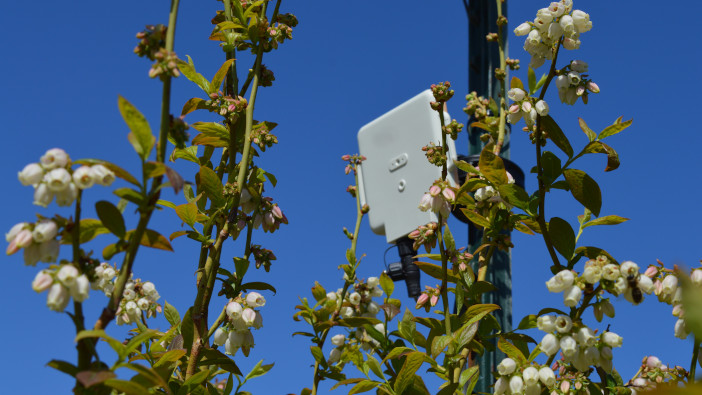British Sugar has announced that it will work with agri-tech company AgriSound on a two year project to record biodiversity data.
The AgriSound Polly technology will be at the core, using acoustic sensors to detect and analyse bee and other insect activity in real time. This automated approach will reportedly provide unprecedented real-time data on pollinator health.
Information gathered will enable accurate insight into pollinator activity where sugar beet is part of the rotation, as well as demonstrate whether wildflower bridges, hedgerows, and nearby water sources have any impact.
Charlie Curtis, agricultural sustainability manager at British Sugar said: “This project presents a significant leap forward in our long-term ambition to enhance biodiversity across our agricultural operations. We have been looking to adapt our practices to become more sustainable and supportive of biodiversity in the UK and partnering with AgriSound seemed like a natural choice for us.
“By better understanding pollinator activity, we can make more informed decisions about land use, pesticide management, and where to create nature-friendly habitats. This will help us to maintain our eco-friendly practices well into the future.”
Casey Woodward, founder and CEO of AgriSound added: “British Sugar’s leadership in piloting real-time pollinator monitoring will provide invaluable information to support data-driven decision making by farmers in how to manage their land to protect pollinators and biodiversity.
“We are proud to partner with British Sugar and provide the data needed to drive measurable biodiversity improvements. It is vital that more British businesses and producers look to monitor the pollinator activity at their sites, to enhance the protection of our ecosystems across the UK, and we are thrilled that British Sugar have taken this step.”
Ali Cargill, grower and committee member of the Rural Economy Research Group comments; “What we’re really trying to achieve is to find out what sort of speciation of bees we have on farm, as well as how they are interacting with the crops and the wildflower margins that we have. Enabling us to see a baseline which we can then improve and build upon year on year.”


